Sometimes, the best holidays can turn into disasters.
While no one ever wanted to be in situations like getting trapped in a forest, a deserted island, or snow, it pays to know the necessary skills and techniques to survive in every natural environment.
Avoiding/Dealing with Injury
Once you’ve removed yourself from immediate danger, the first thing to do is to deal with any injury you may have, no matter how minor it is. In the tropics, even a small cut can lead to severe infections, such as gangrene[1]. Here are the steps to treat deep wounds:
- Stop the bleeding. Cover your wound with gauze, a clean cloth or shirt and use hand pressure to stanch the flow. If possible, lift the wound above your chest and keep the pressure on for at least 10 minutes. Only use a tourniquet as a last resort.
- Clean the cut to avoid the risk of infection. For ripped skin, use duct tape to close the cut. Some wounds are better left open, such as insect or animal bites, and punctures.
- Irrigate the wound and dress with a moistened pad. Apply antibiotic ointment if you have one.
Finding Drinking Water
There are many sources of fresh water in the forest. It’s also easy to find drinking water in tropical islands, especially if there is plenty of vegetation, such as palm or coconut trees. In the worst-case scenario, you will need to drink seawater. Using a few items, you can create a “solar-still”. Here are the steps:
- Find a spot near the edge of the trees and dig a hole in the sand. It should be deep enough to reach the most part of the sand.
- Place a container in the center of the hole.
- Fill the gaps that surround the container with wet leaves, clothes, or anything wet.
- Place a plastic sheet over the hole. Anchor it with heavy objects, such as rocks. Place a small rock, a coffee mug or cup in the center of the plastic cover.
- As condensation occurs, distilled water will drip into the container.
Note that a solar-still can also be used to convert urine into freshwater.
Additionally, thunderstorms provide a lot of water that’s safe to drink. Prepare items that you can use to collect water, such as a pair of wellies.
Building a Shelter
For natural environments where extreme cold is not an issue, the most basic survival shelter you can pull off is the “lean-to” type[2]. To build one, follow these steps:
- Find a large branch or wood plank (or anything you can find as a substitute) and lean one end onto a tree.
- Place smaller branches along the length of the branch, at 45-degree angles.
- Cover the structure with leaves or foliage, plastic, or cloth.
- Place twigs or branches on the outside structure as an added support. It helps keep leaves from getting stripped away by the wind.
If you’re caught in snow or extremely cold environment, you should be able to find shelter as soon as possible. If you can seek shelter from a nearby cave, much better. However, check if it isn’t yet occupied by some animals, such as bears.
Building a shelter in the snow requires more skills. Follow these steps to keep yourself warm.
- Dig a hole in the snow. The entrance should be around 18 inches tall and as high as your chest.
- Widen the hole into a T shape.
- Excavate the interior of the cave. The floor of your cave should be about the level of your waist.
- Create ventilation holes in the roof using a stick, a ski pole or shovel handle.
- Create a pack of snow in the entrance to cover the door. Create ventilation holes.
If you’re in the forest but it is extremely cold, build a lean-to shelter and use as many leaves, clothes, and other items to cover your structure.
Choosing the right spot to build a shelter[3] is very important. It should be the driest area you can find. Build a shelter in high grounds so you can easily be seen by rescuers. Breezes will also keep bugs away. For colder environments, build your shelter surrounded by trees. Avoid building a shelter in deep valleys or ravines as these are the areas where cold air settles at night.
If it’s almost dark and you don’t have enough time to build a lean-to shelter, you can make a cocoon to keep you warm throughout the night. Hurriedly collect dry debris, such as leaves, bark, and pine needles. Your pile should be 2 to 3 feet thick and longer than your height. This should give a safe and warm place to rest while you wait for the daylight and build a better and sturdier shelter.
If you can’t make a lean-to shelter (e.g. you can’t find a tree), build an A-frame. You will need two 4 or 5-foot long sticks and another one which is 10-12 feet long. Prop the short sticks to form an “A” structure. Then, put the long stick on top. You can prop up more sticks to make a sturdier shelter and pile forest debris against the stick. If you have a tarp, it will make your life easier. Whatever shelter you build; you can use it to secure your area.
Building Fire
Next to water and shelter, you need fire to survive in the wild, a deserted place or island, and in extremely cold environments. You need it to cook food, signal for help, and keep warm.
Gather dry debris – leaves, branches, and twigs of various sizes. Create a teepee shape[4] using dry twigs, with tinder placed in the center.
To light a fire, here are your options:
- Use a glass, such as binoculars, lenses, or a camera to concentrate the sun’s rays on the tinder. Blow to ignite a fire.
- Use the fire plow method. Find a softwood and cut a groove in its base. Place tinder at one end. Plow the end up using a stick to create friction. Once it starts smoking, blow to ignite. When the fire catches, add more tinder, dry leaves, and twigs.
Finding Food & Nourishment
Humans can survive without food for three weeks[5], but certainly, you don’t want to endure such a long period when you can actually find food in the wilderness. There are many edible plants in the wild. But the rule is to not eat anything you are not familiar with.
Insects are usually safe. Other bugs are not, including spiders and millipedes. Avoid hair insects, such as bees, as well as those that have bright colors. Go for insects with a chitinous, crunchy exoskeleton, such as ants, termites, grasshoppers, and crickets.
Never eat a plant that you cannot positively identify[6]. It is important to learn about plants you can eat in the wild especially if you enjoy exploring the great outdoors.
Cook your food whenever you can. Cooking kills bacteria and parasites that can cause infections or diseases. Cooked food also requires less energy to digest.
You will find worms, slugs, snails, and other gooey critters that are high in protein and therefore will keep you feeling full for longer.
You can eat most kinds of birds, including pigeons, crows, and seagulls.
If you’re trapped in an island, the sea offers an abundance of food.
In the forest, especially in cold climates, animals are valuable food resources. But unless you’re an expert hunter, you have a better chance of trapping your food rather than catching it.
You also need vitamins and minerals, especially vitamin B and C to strengthen your immunity. You can make tea out of licorice roots or spruce needles. Crabs and insects are also great sources of calcium.
More Survival Tips
Salvage All You Can
Everything you can find from your broken boat or plane can be used for many survival hacks. So, salvage all that you can. Such items can be used to build a shelter, clothing, footwear, and other things you may need. See if you can find a VHF Marine Radio for making distress calls, and some tools like a fishing pole for finding food. You should be prepared before going to have a vacation in nature. Collecting needed items may need finances, but it shouldn’t keep you away from enjoying the nature, so you can obtain a personal loan online for fair credit, to cover all the expenses before or maybe even after.
Learn Naturalist Skills
Apart from the survival techniques mentioned above, nothing can ensure your survival than having an in-depth understanding of a variety of nature skills. For example, knowing about herbal medicines should make it easy for you to find plants that can help you deal with injury or sickness in the wilderness. It should also keep you safe from poisonous plants and animals or insects. Having wildlife tracking skills will also make hunting or looking for food easier.
Signaling for Help
This is a crucial survival technique that enables you to find help by alerting potential rescuers. Setting up three fires in a triangular form is recognized as a distress signal. You can also make a smoky fire during the day to attract the attention of rescuers or people nearby. Furthermore, items such as a mirror, flashlight, flag, whistle, or bright color markers can be used to signal for help.
Resources
[1] https://www.webmd.com/skin-problems-and-treatments/guide/gangrene-causes-symptoms-treatments
[2] https://www.hometips.com/diy-how-to/leanto-shed-build.html
[3] https://boyslife.org/outdoors/3473/taking-shelter/
[4] https://www.thefreedictionary.com/teepee
[5] https://www.healthline.com/health/food-nutrition/how-long-can-you-live-without-food
[6] https://www.abc.net.au/news/health/2016-05-12/edible-weeds-and-how-you-can-use-them/7406004


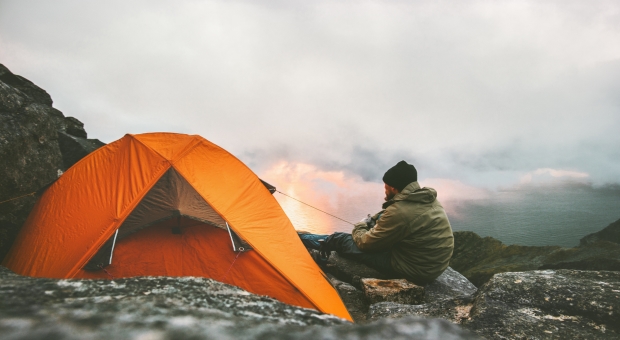

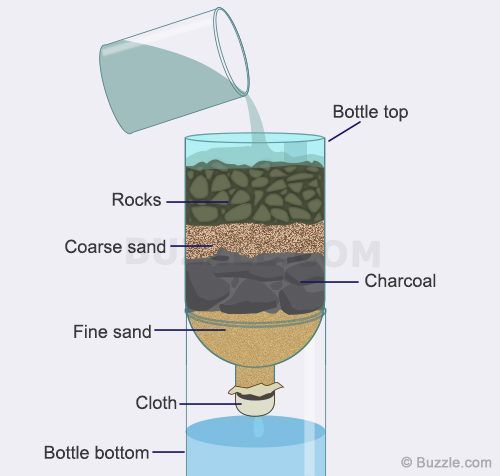
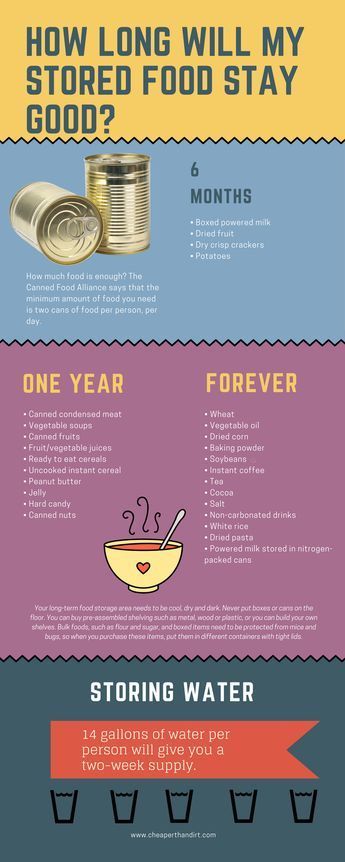
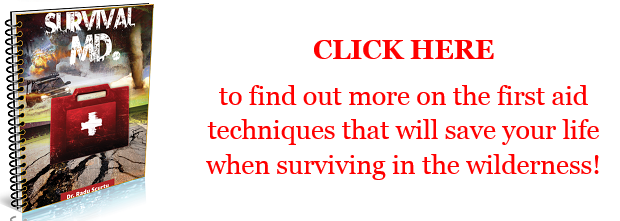
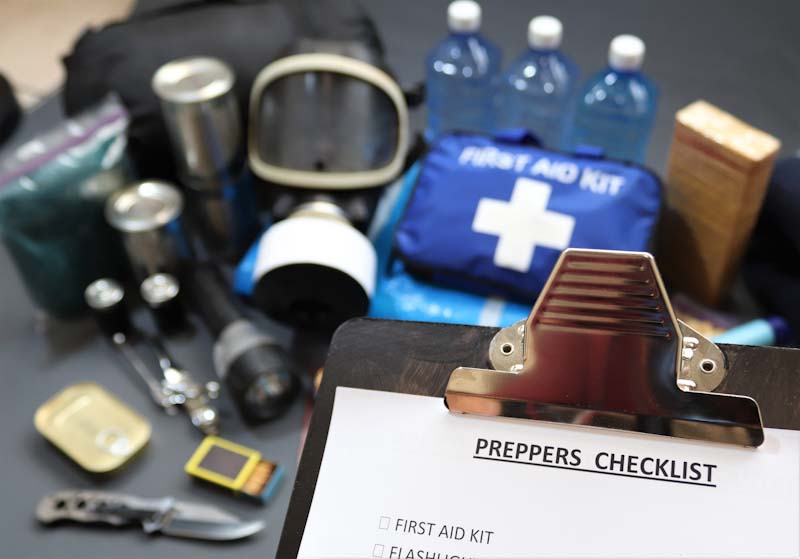
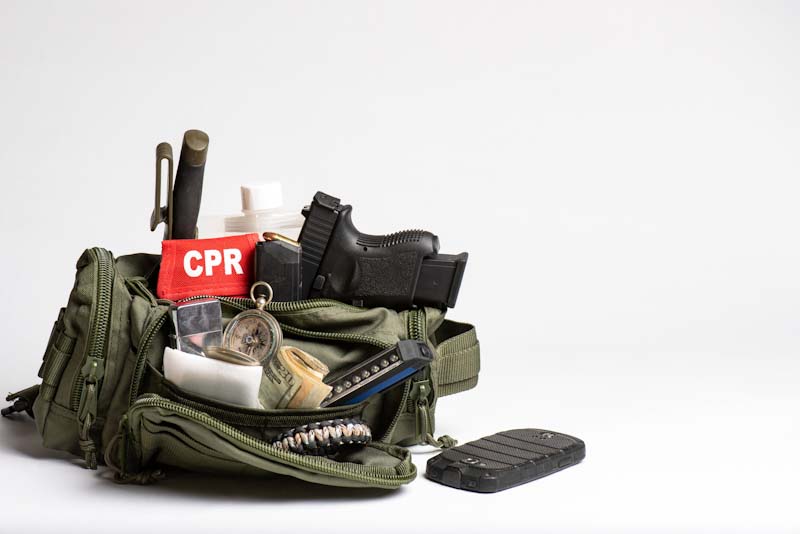
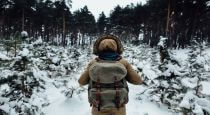
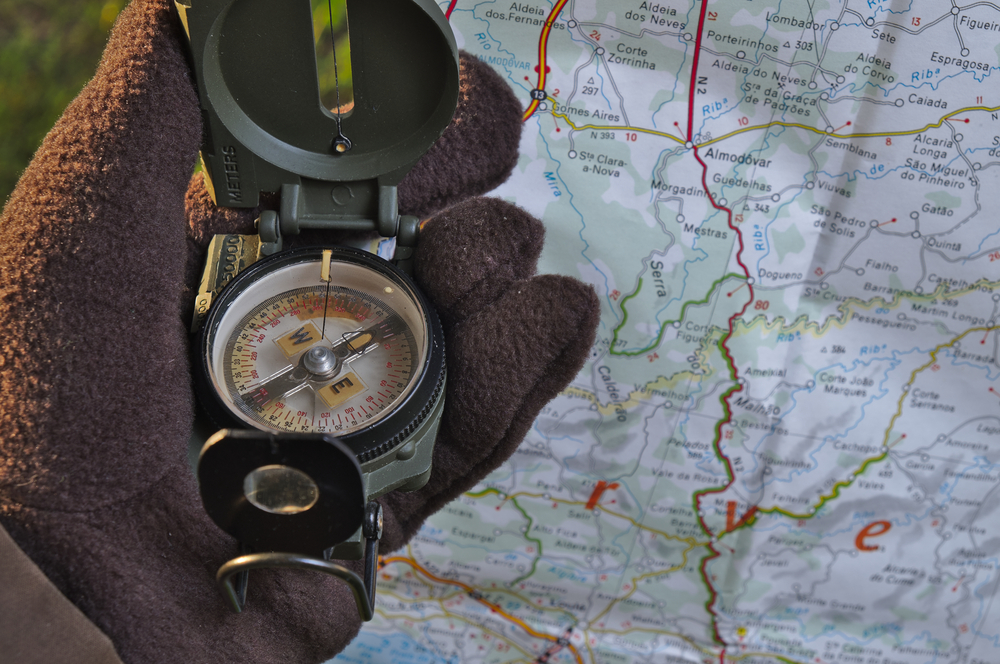

JoyceR | August 16, 2019
|
Vegetable oil does not keep forever.
Sharon | October 24, 2019
|
I have seen that in several places and know it to be wrong, as do you. It goes rancid easily. I store olive oil in a freezer. That helps somewhat. Beans don’t store forever. They get case hardening if exposed to air, get hard and will not soften.
Jim Gregg | October 13, 2019
|
It always surprises me when reading about shelter in snow/forest situations is that you never hear about sheltering beneath trees in the snow. The area below the trees’s branches and next to the trunk usually has less snow then the areas around it. Packing down the snow, covering it with evergreen boughs and if possible creating a lean-to to shelter yourself usually gives you more bang for the buck then other methods. The surrounding snow can act as a wind break with some extra boughs built in to your shelter area.
Matrix | October 24, 2019
|
@Jim Hughes
Drink sea water???? Only if you want to die from dehydration! Do some basic fact checking.
Oh yeah, and don’t eat yellow snow. Actually, don’t eat snow, period. The heat you lose is tough to get back. Melt it. And what do you melt it in? Water. You did bring the 5 (or 10) C’s of survival, right? A Container being one of them.
Is this article even edited? Are you even a real writer?
After discussing the solar still (which is very inefficient), you have an illustration of a filter–and no discussion of it. Figures are supposed to support the text.
You only discuss site selection for shelter AFTER constructing it! Doh! That’s not going to work out well.
The best thing I can say about this article is I think you have the topics in priority order for most conditions.
Pingback:8 Prepping Skills That Pay Off In Any Environment | Survivopedia - Million Views of Survival - Wilderness Fishing, Huntings. Catch and Cook, Smoke and Eat Wilderness Fishing Top Stories and Tricks | December 2, 2019
|
Michael Ellis | December 18, 2020
|
Excellent information! I really think these basic skills are essential. Even if you never have to use them. There are a few more skills to be self-reliant and survive in any situation. For example, car maintenance, hiking, and more.
I think it’s never too late to learn something new.